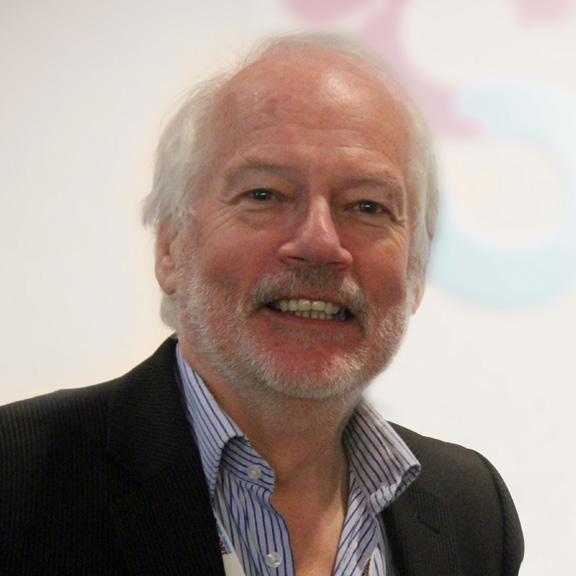
2 minute read
Scientific and Medical Advisory Board Report

New Centre planned for 2023
BRAIN UK enabled 11 new brain tumour studies
The job of the Scientific and Medical Advisory Board (SMAB) is to provide a transparent, independent and authoritative assessment of research activity in the Brain Tumour Research Centres of Excellence. The process is governed by the rules of the Association of Medical Research Charities (AMRC) and the SMAB provides detailed feedback to Brain Tumour Research about how its money is being spent. The SMAB obtains reports from the Centres, reviews the scientific literature, audits the performance and finance, and uses independent and international peer reviewers to review these outputs against a global research view. In addition, we visit each Centre to gain further insight and understand how Brain Tumour Research can best help the Centres thrive and compete on the world stage of brain tumour research.
Most patients with brain tumours such as glioblastoma (GBM) will need radiotherapy. At Imperial College London, work has shown that exploiting metabolic pathways concerned with arginine metabolism can enhance the effect of radiation and we hope to see this tested in a clinical trial being developed by the Centre. There is evidence that starting treatment for brain tumours as early as possible after surgery produces the best results. With innovative surgical spectroscopy, surgeons at Imperial are investigating whether tumour signals can help identify tumour subtypes at surgery to allow immediate therapy to commence.
Many patients suffer with low-grade or slow-growing tumours such as meningiomas or schwannomas (acoustic neuroma). The team at the University of Plymouth has achieved ground-breaking success in providing molecular characterisation (HERVK) of these types of tumour. This offers the possibility of treating these tumours with new drugs currently being tested by the team. They have published key work on how these tumours form and grow and are using these data to explore such drugs as TAM receptor inhibitors and HDAC inhibitors.
At Queen Mary University of London, we were delighted to see that the model which was developed to identify the specific driver genes that are abnormal in tumours has been widely acclaimed. Comparator data from ‘normal’ iNSC and ‘tumour’ GIC cells such as transcriptome and DNA methylation, miRNA and histone tail changes has opened up the possibilities for therapeutic intervention in a novel and exciting way that is attracting international researchers to this Centre. The team is expanding its research to look at how identified molecular changes such as BMI1 may be exploited in childhood tumours. Work is also being conducted to investigate cell surface sugars as modulators of immune response.
A key component of all brain tumour research is access to tumour tissue taken from patients at surgery to establish the genetic and molecular abnormalities that make them tumours. BRAIN UK, based at the University of Southampton, with its comprehensive database and network, collates the UK collection of tumour tissue and storage to enable researchers to access this tissue. This vital resource has produced 11 new studies in the last year and 54 high-quality publications since 2014. These publications recognise the crucial role that BRAIN UK has played in enabling this research, so that each individual patient’s tumour adds essential information to our understanding and the potential to find cures.
We look forward to enlarging the portfolio of Brain Tumour Research’s research success with a new Centre in 2023. I am very grateful to all those involved with the SMAB who have given their time to this exciting programme.
Professor Garth Cruickshank MBBS PhD FRCS(Ed), FRCS (Eng), FRCS(SN) Chairman of Brain Tumour Research, Scientific and Medical Advisory Board








